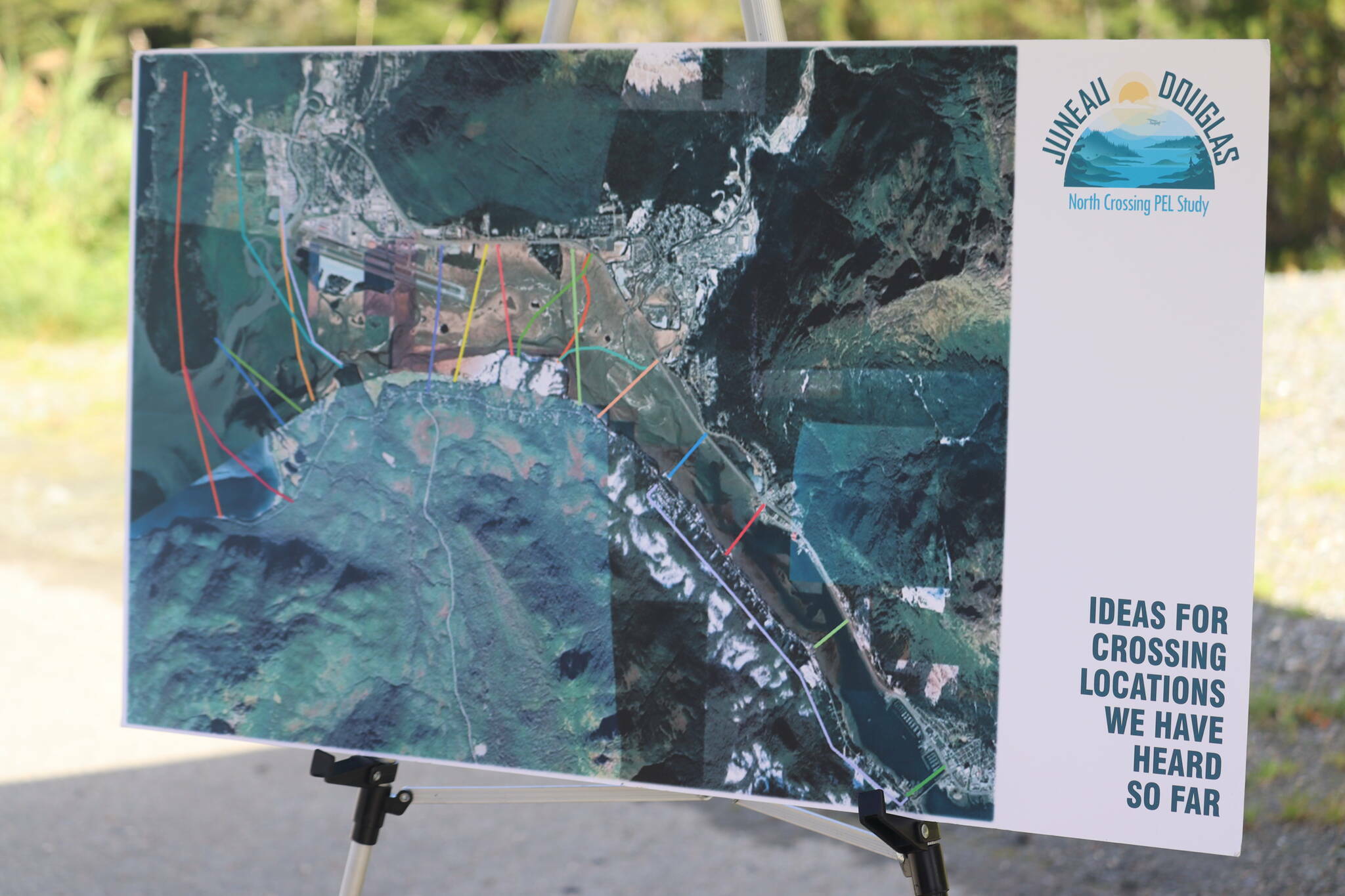The article on the second crossing in the Empire on June 28 dredges up the old statement that “if developed, the crossing would open nearly 1,000 acres of city and tribal land that could go toward developing housing and improved port facilities, according to the funding requests.”
But let’s not kid ourselves: this “city and tribal land” will not be any solution to Juneau’s need for affordable housing. Maybe rich people will have remote lodges on the backside of the island. But if we are unable to ever develop affordable housing in a place that already has water, sewer, garbage service, electricity, streets, emergency services, and buses we certainly won’t be able to do it where all of these services would need to be created at great public expense, making for highly expensive housing, except perhaps for a trailer park for dock workers. Publicly funded infrastructure for docks on the back side of Douglas Island appears to be the real objective of many second crossing supporters, not housing for low- and middle-income Juneau residents.
Margo Waring
Juneau
